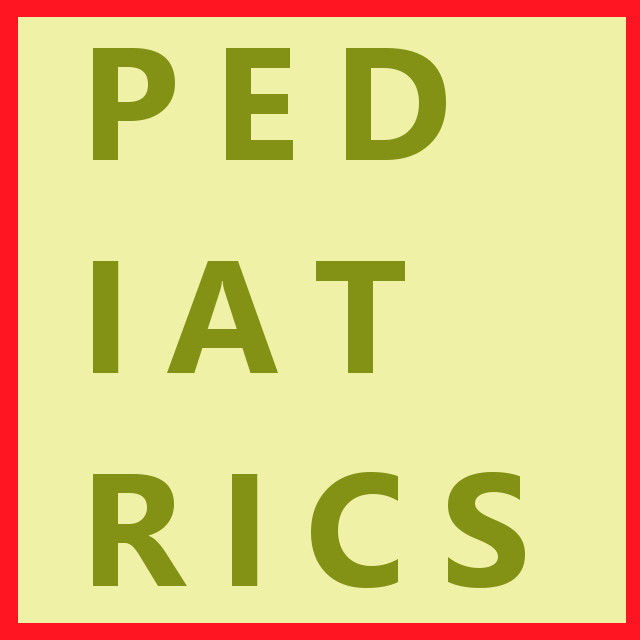 'This unexpected finding highlights the need to better understand the social, medical, and environmental factors influencing parent reports of childhood disability.'
'This unexpected finding highlights the need to better understand the social, medical, and environmental factors influencing parent reports of childhood disability.'
BACKGROUND: Over the past half century the prevalence of childhood disability increased dramatically, coupled with notable increases in the prevalence of mental health and neurodevelopmental conditions. This study provides a detailed assessment of recent trends in childhood disability in relation to health conditions and sociodemographic factors.
METHODS: Secondary data analysis of National Health Interview Survey (NHIS) datasets 2001–2002, 2004–2005, 2007–2008, and 2010–2011 (N = 198 888) was conducted to calculate the prevalence, rate of change, severity, and sociodemographic disparities of parent-reported childhood disability.
RESULTS: The prevalence of childhood disability has continued to increase, growing by 15.6% between 2001–2002 and 2010–2011. Nearly 6 million children were considered disabled in 2010–2011. Children living in poverty experienced the highest rates of disability, 102.6 cases per 1000 population in 2010–2011, but unexpectedly, children living in households with incomes ≥400% above the federal poverty level experienced the largest increase (28.4%) over this 10-year period. The percentage of disability cases related to any physical health condition declined 11.8% during the decade, whereas cases related to any neurodevelopmental or mental health condition increased by 20.9%.
CONCLUSIONS: Over the past decade, parent-reported childhood disability steadily increased. As childhood disability due to physical conditions declined, there was a large increase in disabilities due to neurodevelopmental or mental health problems. For the first time since the NHIS began tracking childhood disability in 1957, the rise in reported prevalence is disproportionately occurring among socially advantaged families. This unexpected finding highlights the need to better understand the social, medical, and environmental factors influencing parent reports of childhood disability.
Authors: Amy J. Houtrow, Kandyce Larson, Lynn M. Olson, Paul W. Newacheck, and Neal Halfon
Visit: http://pediatrics.aappublications.org/content/early/2014/08/12/peds.2014-0594.abstract
This unexpected finding highlights the need to better understand the social, medical, and environmental factors influencing parent reports of childhood disability.
 Main topics: Rett-Syndrome once and today, Basic Science, Cerebral Palsy, Epilepsy, Fetal Neurology, Inflammatory Disease of the Nervous System, and:
Main topics: Rett-Syndrome once and today, Basic Science, Cerebral Palsy, Epilepsy, Fetal Neurology, Inflammatory Disease of the Nervous System, and:

 Hyderabad, India. Comprehensive discussion for scientific solutions for CP and drawing recommendations on the best health care policies for CP by renowned national and international experts.
Hyderabad, India. Comprehensive discussion for scientific solutions for CP and drawing recommendations on the best health care policies for CP by renowned national and international experts. Save the date for the CEC (Council for Exceptional Children) 2015 Convention & Expo in San Diego
Save the date for the CEC (Council for Exceptional Children) 2015 Convention & Expo in San Diego 'This unexpected finding highlights the need to better understand the social, medical, and environmental factors influencing parent reports of childhood disability.'
'This unexpected finding highlights the need to better understand the social, medical, and environmental factors influencing parent reports of childhood disability.'